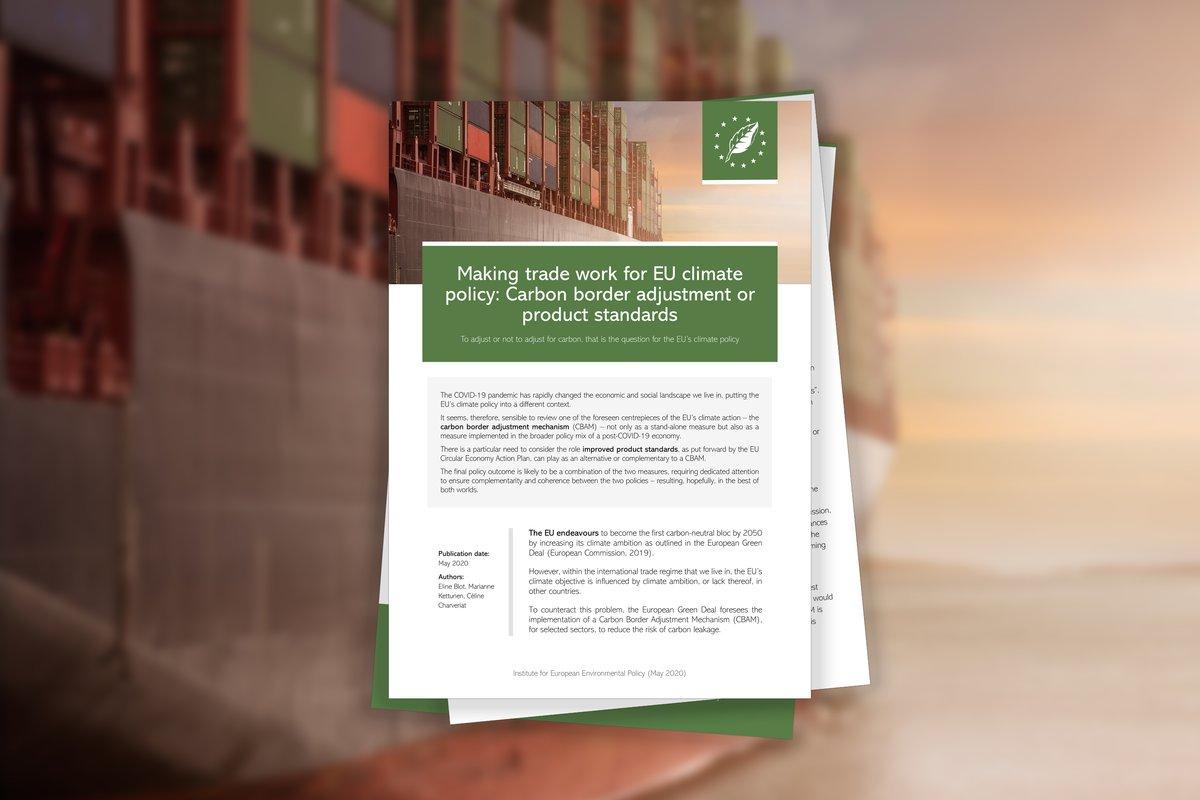AUTHORS: Eline Blot – Marianne Kettunen – Céline Charveriat
This policy brief reflects on the challenges of a carbon border adjustment mechanism in the post-COVID-19 economy and explores the role environmental product standards can play to complement the mechanism.
The COVID-19 pandemic has rapidly changed the economic and social landscape we live in, putting EU climate policy into a different context. It seems, therefore, sensible to review one of the foreseen centrepieces of EU’s climate action – the carbon border adjustment mechanism (CBAM) – not only as a stand-alone measure but also as a measure implemented in the broader policy mix of a post-COVID-19 economy.
| There is a need to consider the role improved product standards can play as an alternative or complementary to CBAM |
In the aftermath of the pandemic, industries are trying to secure emission leniency in the EU Emission Trading Scheme (ETS) and oncoming industrial subsidies are set to skew competitiveness. As a result, the CBAM, as a complementary measure to the ETS, may be ineffective at levelling the playing field between EU firms that face higher environmental regulations – and aspire to higher environmental standards – than foreign firms.
There is a need to consider the role improved product standards, as put forward by the EU Circular Economy Action Plan, can play as an alternative or complementary to CBAM. Product standards can ensure low-carbon, resource-efficient manufacturing as well as help to guarantee minimal negative environmental impacts from product use.
The EU has the regulatory know-how to design comprehensive product standards and the economic leverage necessary to set the stage for a new sustainable economy. Whereas the scope of the CBAM is rather limited, to carbon-intensive sectors, the scope of product standards in the CEAP should be broad enough to push for a sustainable economy.
Despite its challenges, the CBAM has gained considerable political interest in the EU. Consequently, the final outcome for EU’s trade-related climate and wider environmental policy is likely to be a combination of the two measures, requiring dedicated attention to be paid to ensure complementarity and coherence between the two policies, hopefully resulting in getting the best of both worlds.

